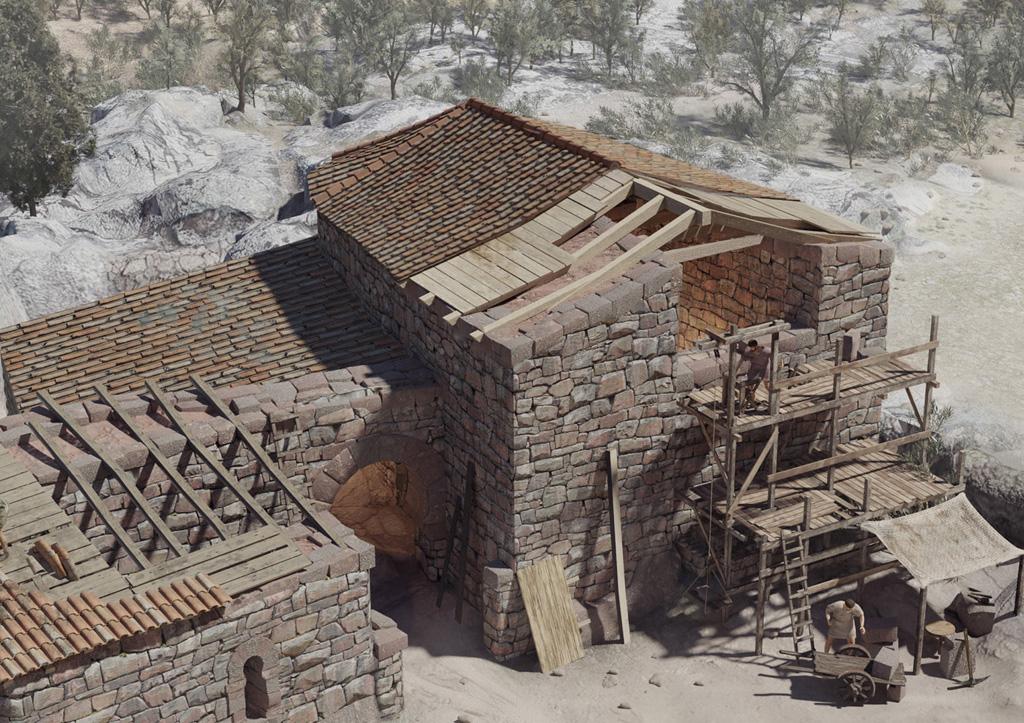
Book: The Visigothic church of La Cabilda. Manzanares Hole
Publication that offers the results of the archaeological work at the La Cabilda site
The Community of Madrid presents the book The Visigothic church of the Cabilda, Hoyo de Manzanares, Madrid. This publication is the result of the collaboration of different public and private institutions involved in the conservation, research and dissemination of the rich archaeological heritage of the Community of Madrid, and offers us the results of the field work and research carried out at the La Cabilda site. , as well as the methodological approaches that have been followed for its study and its relationship with the territory of Toledo, capital of the Visigothic Kingdom.
El La Cabilda deposit in Hoyo de Manzanares, was discovered by the archaeologist Gabriel Arenas Ybarra and acquired by the Hoyo de Manzanares City Council, including it in the network of visitable sites of the Community of Madrid, which supports and protects the excavation campaigns that began in 2014. In the 2018 campaign At the La Cabilda site, several domestic units and a rural church were excavated and conditioned for visits, adapted to the mystery liturgy of the Visigothic era, and with a privileged burial at its feet.
This volume deals with the study of one of the most exciting moments in our history: the replacement of a political reality such as the Roman Empire, by the Visigothic Kingdom of Toledo and the numerous changes that take place in cities and in the countryside. Moment of great economic, social and ideological transformations, in what has been called Late Antiquity, breaking with the clichés of finding ourselves in a dark and backward age. Throughout the Hispanic territory we are witnessing a construction fever at the hands of different agents, such as the aristocracies or the Episcopal Church, but also other agents such as monastic spaces, more dynamic and often invisible to the archaeological record.
This book is addressed not only to the scientific community, but also to the general public interested in learning about the new methodologies used in archaeological practice, or the latest data we have on the configuration of the capital of the Tagus, from its first moments. of monumentalization with Atanagildo until the end of it in 711. Through reading these pages, the reader will attend a not so distant past in which many of the events are reflected in today's society.
Where to find the book
The book The Visigothic church of La Cabilda. Hoyo de Manzanares, Madrid, can be purchased at:
Counter of the exhibition hall of El Águila
C/ Ramírez de Prado, 3, 28045, Madrid
Institutional Bookstore of the Community of Madrid
Official Bulletin of the Community of Madrid
Official Publications Service
C / Fortuny, 51. 28010 Madrid.
Tel: 91 702 76 21 - Fax: 91 319 50 55
In bookstores and malls
ISBN: 978-84-451-3945-5
DL: M-30883-2021
Price: €15



